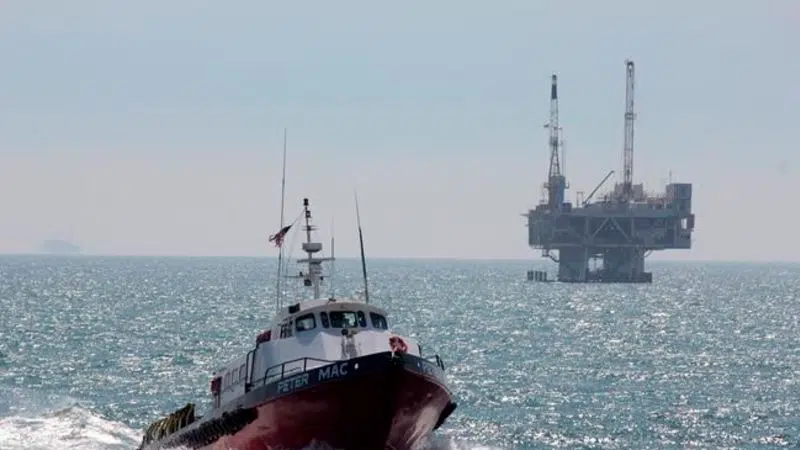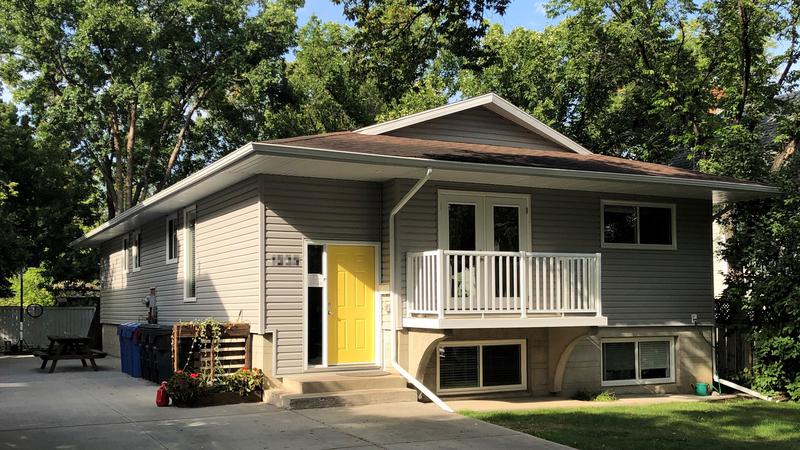
Trump easing offshore drilling safety rules from Deepwater
PORT FOURCHON, La. — The Trump administration moved Thursday to give oil and gas companies more flexibility in meeting safety requirements imposed after the 2010 BP Deepwater Horizon explosion, which killed nearly a dozen people and was the worst offshore oil disaster in U.S. history.
The revised rules, which govern safety standards at offshore wells, come as the administration pushes to expand drilling off the U.S. coast. They were sought by the industry but fiercely challenged by environmentalists.
Interior Secretary David Bernhardt said in a statement the administration was acting to eliminate “unnecessary regulatory burdens while maintaining safety and environmental protection offshore.”


